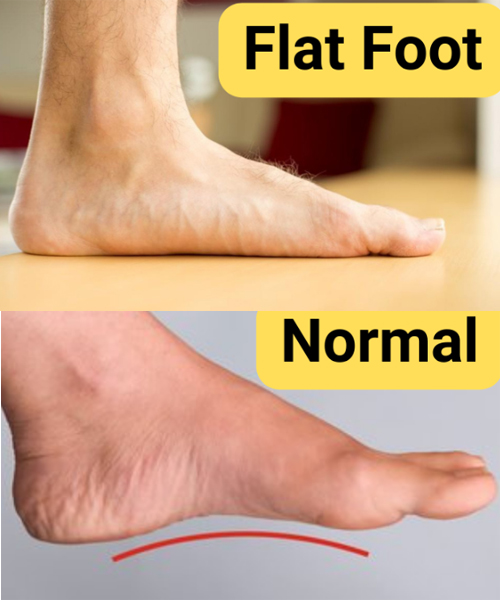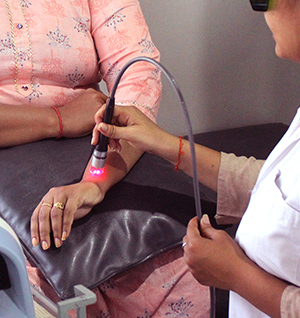

Our Advanced Treatments
Foot Disorders
Foot Disorders: Overview
Foot disorders encompass a wide range of conditions that can affect the structure, function, and health of the feet. These conditions can result from various factors, including improper footwear, underlying medical conditions, injuries, and genetic predispositions. Common foot disorders include athlete's foot, bunions, plantar fasciitis, and ingrown toenails.
Common Foot Disorders
Athlete's Foot Causes: A fungal infection that thrives in warm, damp environments such as locker rooms and public showers. Symptoms: Itching, burning, cracking, and peeling skin, usually between the toes. Treatment: Keeping feet clean and dry, using antifungal creams, powders, or sprays. Severe cases may require oral antifungal medications.
Bunions Causes: Tight or narrow footwear, genetic predisposition, and conditions like rheumatoid arthritis. Symptoms: A bump on the side of the big toe joint, causing the toe to turn inward. Treatment: Wearing proper-fitting shoes, using orthotic devices, and in severe cases, surgery.
Plantar Fasciitis Causes: Overuse, improper footwear, and excessive weight. Symptoms: Sharp pain in the heel, especially with the first steps in the morning. Treatment: Rest, ice, stretching exercises, orthotic devices, and in some cases, corticosteroid injections.
Ingrown Toenails Causes: Improper nail trimming, tight shoes, and injury. Symptoms: Pain, redness, and swelling around the toenail. Treatment: Soaking the foot in warm water, proper nail trimming, and in severe cases, minor surgery.
Corns and Calluses Causes: Friction and pressure from ill-fitting shoes. Symptoms: Thickened, hardened skin on the feet. Treatment: Wearing properly fitting shoes, using cushioning pads, and gently removing thickened skin with a pumice stone.
Recovery Methods
Physiotherapy
Physiotherapy can play a crucial role in managing and treating foot disorders:
-
Manual Therapy: Techniques such as massage and joint mobilizations to reduce pain and improve mobility.
-
Exercise Prescription: Tailored stretching and strengthening exercises to improve foot function and prevent recurrence.
-
Orthotic Devices: Custom-made inserts for shoes to provide support and alleviate pressure on specific areas.
Orthopedic Treatment
Orthopedic interventions may be necessary for more severe cases:
-
Bracing and Support: Devices to stabilize and support the affected area.
-
Surgical Intervention: In cases where conservative treatments are ineffective, surgery may be considered to correct structural issues.
Laser Therapy
Laser therapy can be used to reduce pain and inflammation, promoting healing in foot disorders. Low-level laser therapy (LLLT) can enhance tissue repair and reduce recovery time.
Conclusion
Managing foot disorders involves a combination of proper footwear, lifestyle modifications, and therapeutic interventions. Each treatment method has its own benefits and can be tailored to the individual's specific needs to ensure effective management and improved foot health. For comprehensive solutions and expert care, consider consulting a physiotherapy clinic that specializes in foot disorders.
Get An Appointment
